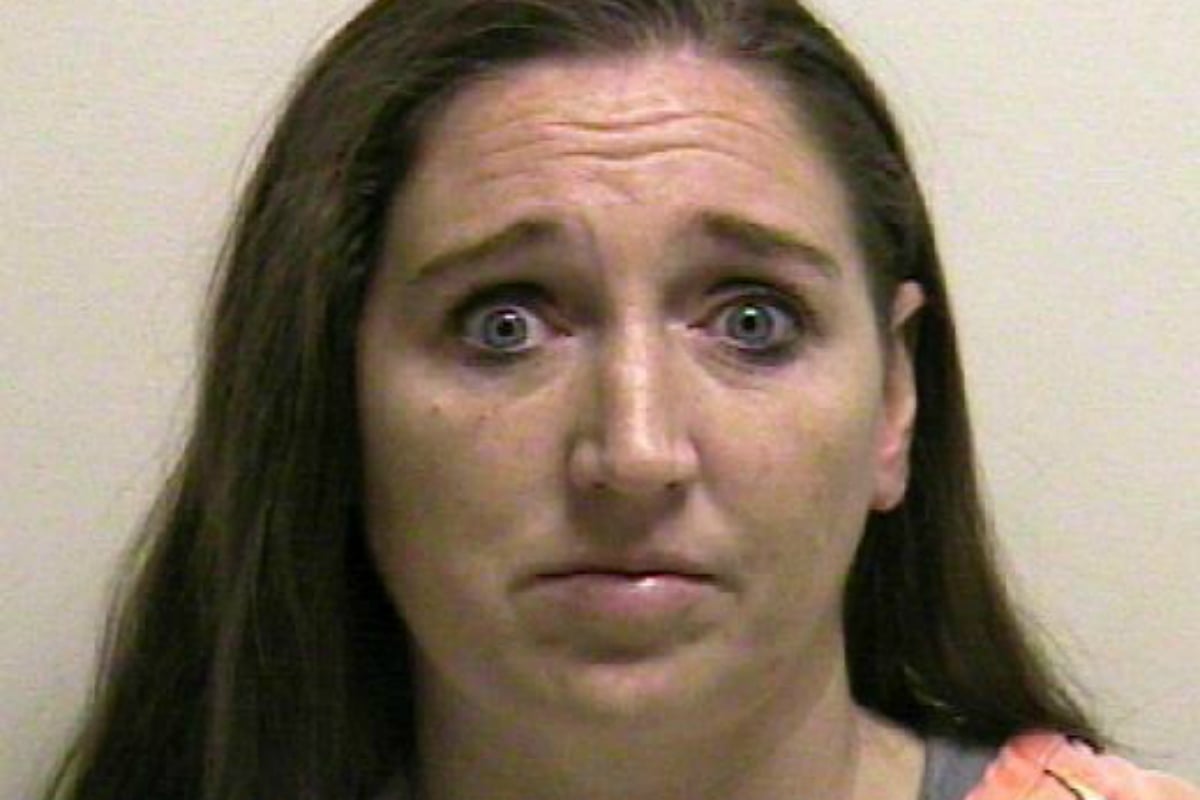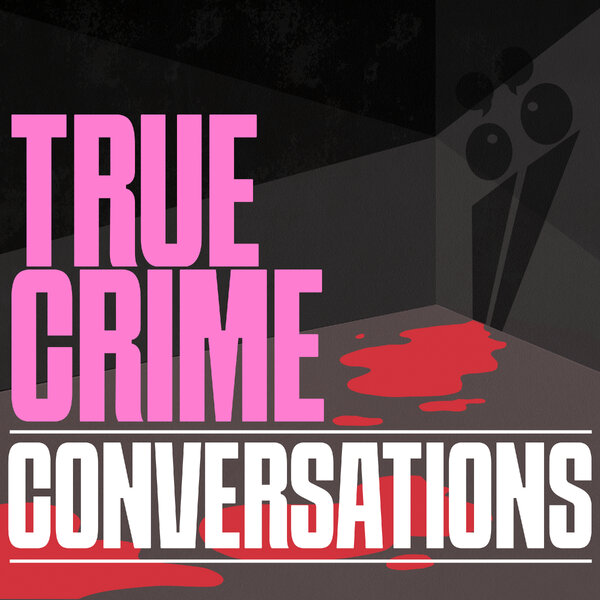
It’s June 6, 1997 – the night of Melissa Drexler’s senior prom.
Drexler excuses herself from the dance floor to use the ladies’ room, and one of her girlfriends tags along; everyone knows girls prefer to go to the bathroom in pairs. But once there, Drexler tells her friend to go back out and dance; she isn’t feeling well and needs a minute alone.
Shortly after, she emerges from the bathroom, eats a salad, and hits the dancefloor – until school officials approach her to ask if she knows anything about blood stains in the bathroom.
Top 5 True Crime Documentaries. Post continues after video.
The six-pound baby boy Drexler had just delivered in the bathroom stall, unbeknownst to any of her peers, was found in the trash, suffocated inside a plastic bag.
Four years later, on June 20, 2001, 37 year-old Andrea Yates waits for her husband, Rusty, to leave for work. As soon as the coast is clear, she locks up the family dog to keep him out of the way and begins filling the bathtub. Her mother is due to arrive in an hour; she must work quickly. She believes her five children are being influenced by the devil – she is evil, and they are all doomed to burn in hell fires.
So she starts with her three middle sons – John, age five, Paul, age three, and Luke, age two. After drowning them, she lays their little bodies out on her bed, then fetches her youngest, six month-old baby Mary, and drowns her as well. That’s when her oldest, seven year-old Noah, comes into the bathroom to see what’s going on. Seeing Mary floating in the tub, he runs away from his mother, but she overpowers him, pushing him face down in the water until his struggling stops. Then Yates returns to Mary, gathering her up in her arms and taking her back into the bedroom where she methodically lays her on the bed next to her dead siblings.





























































































